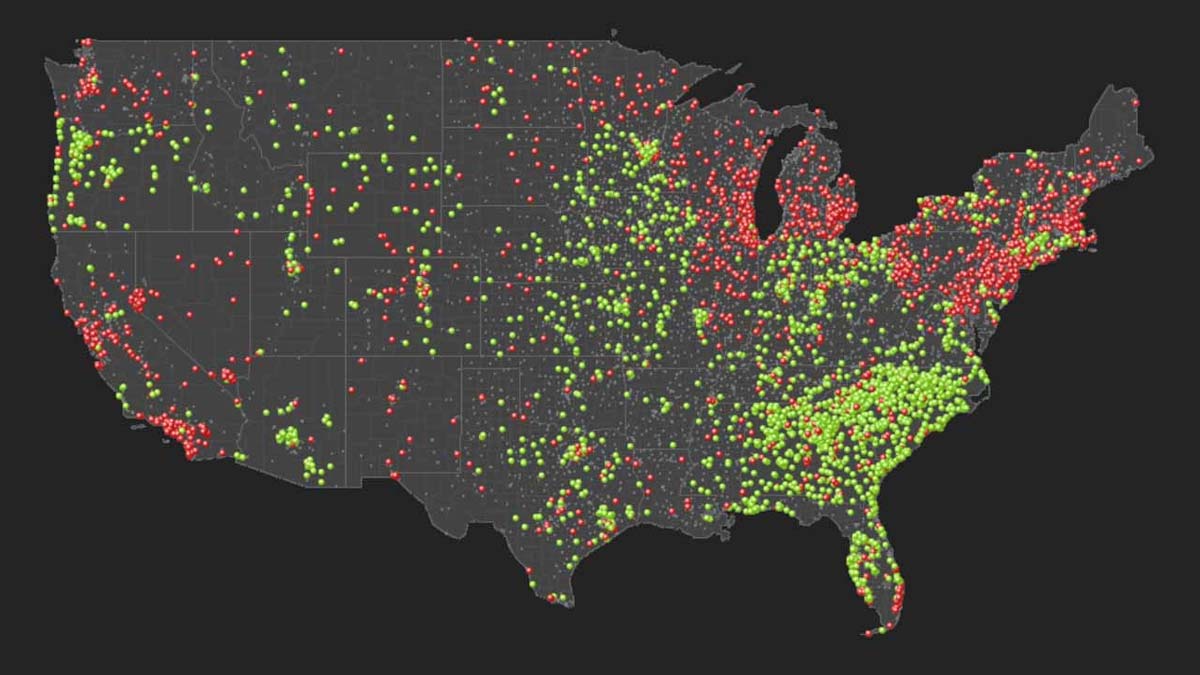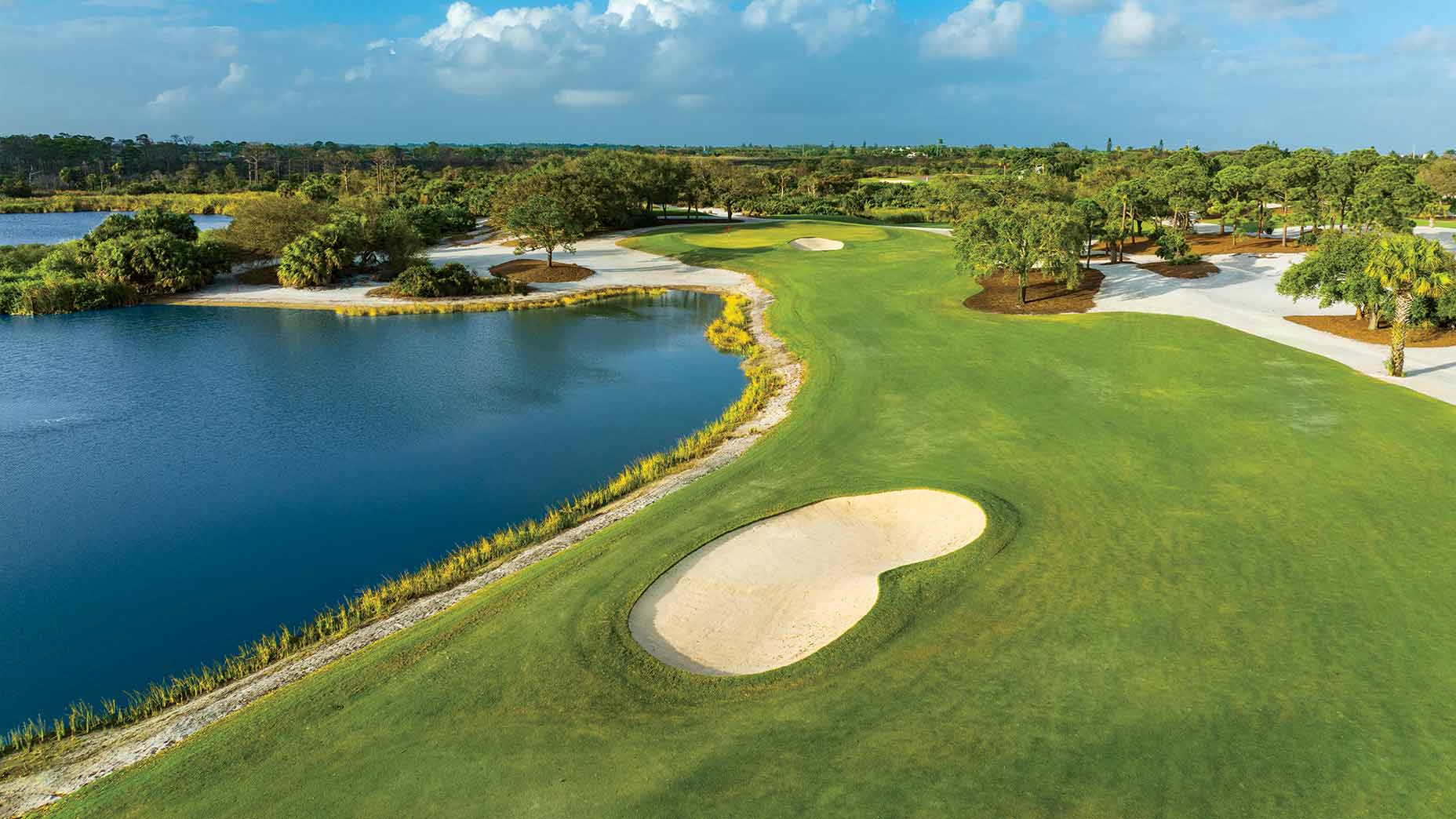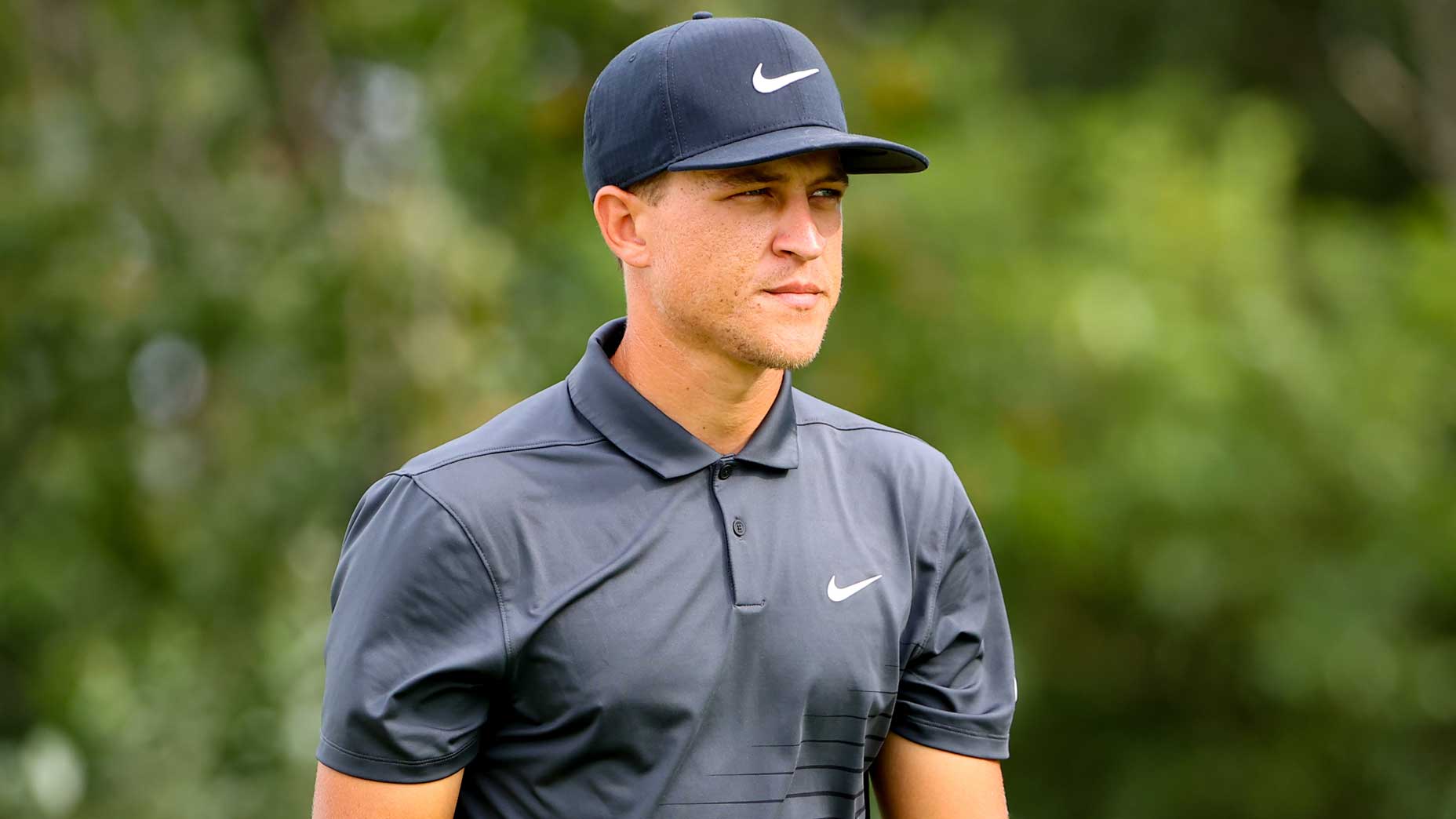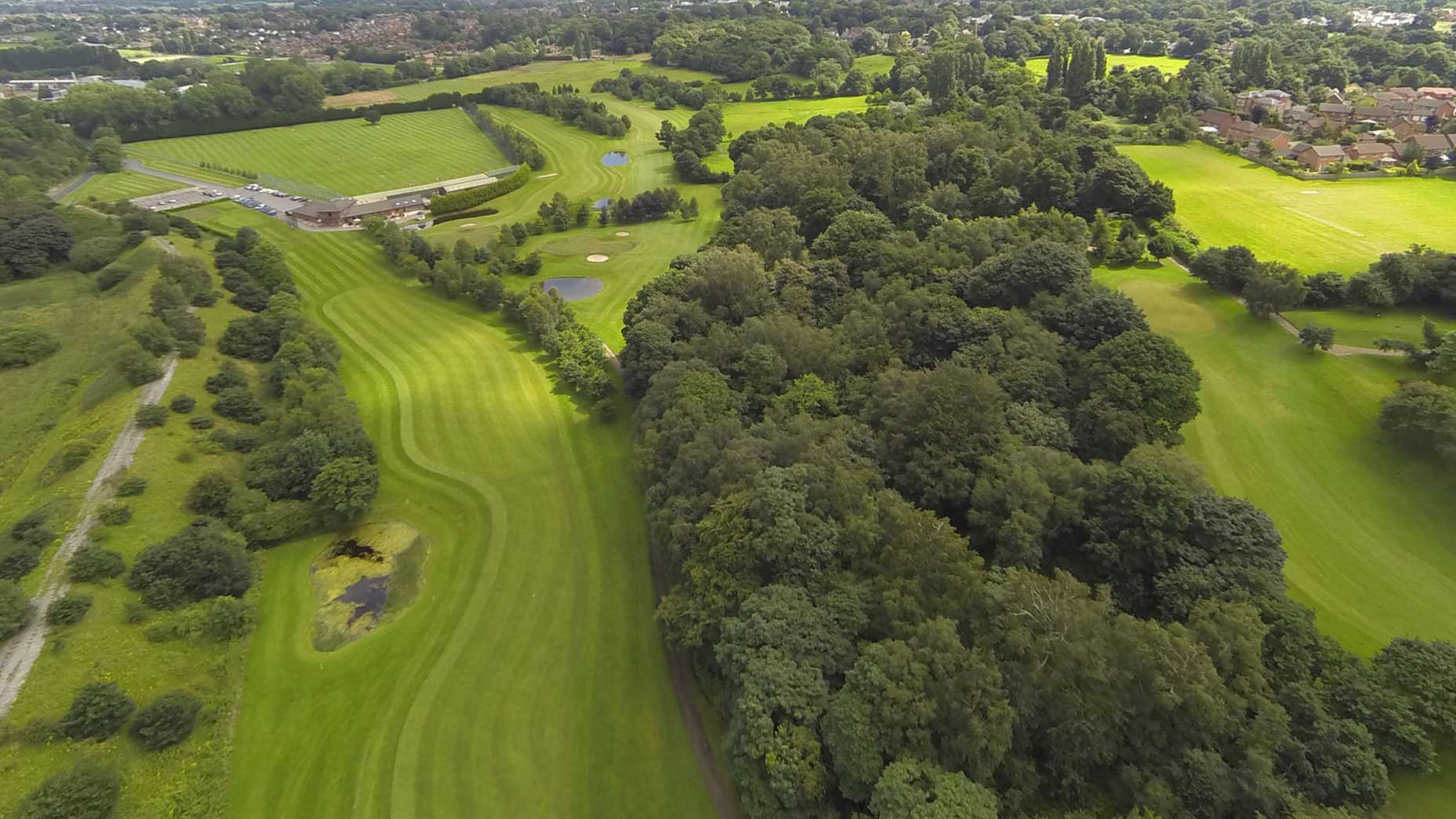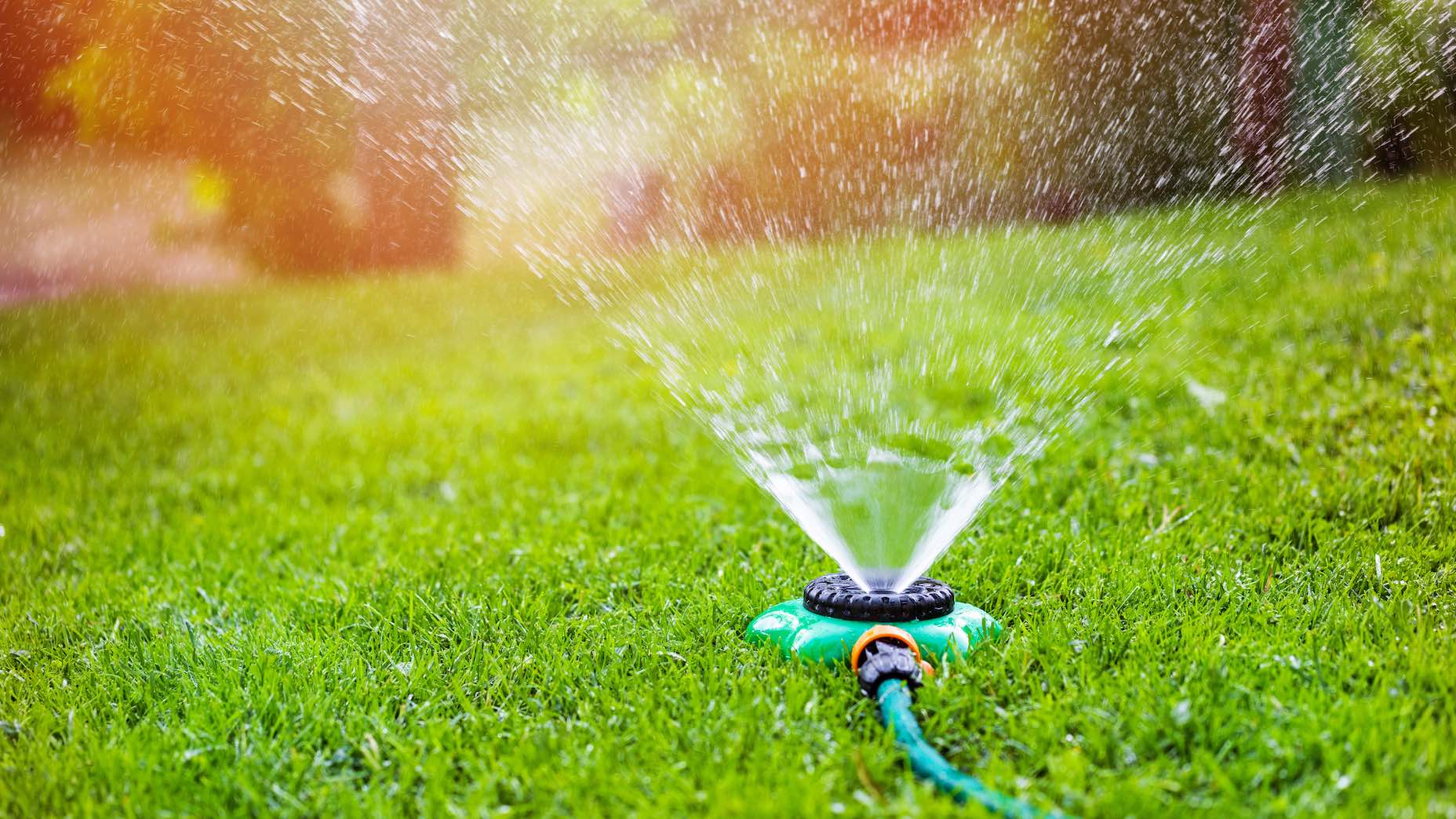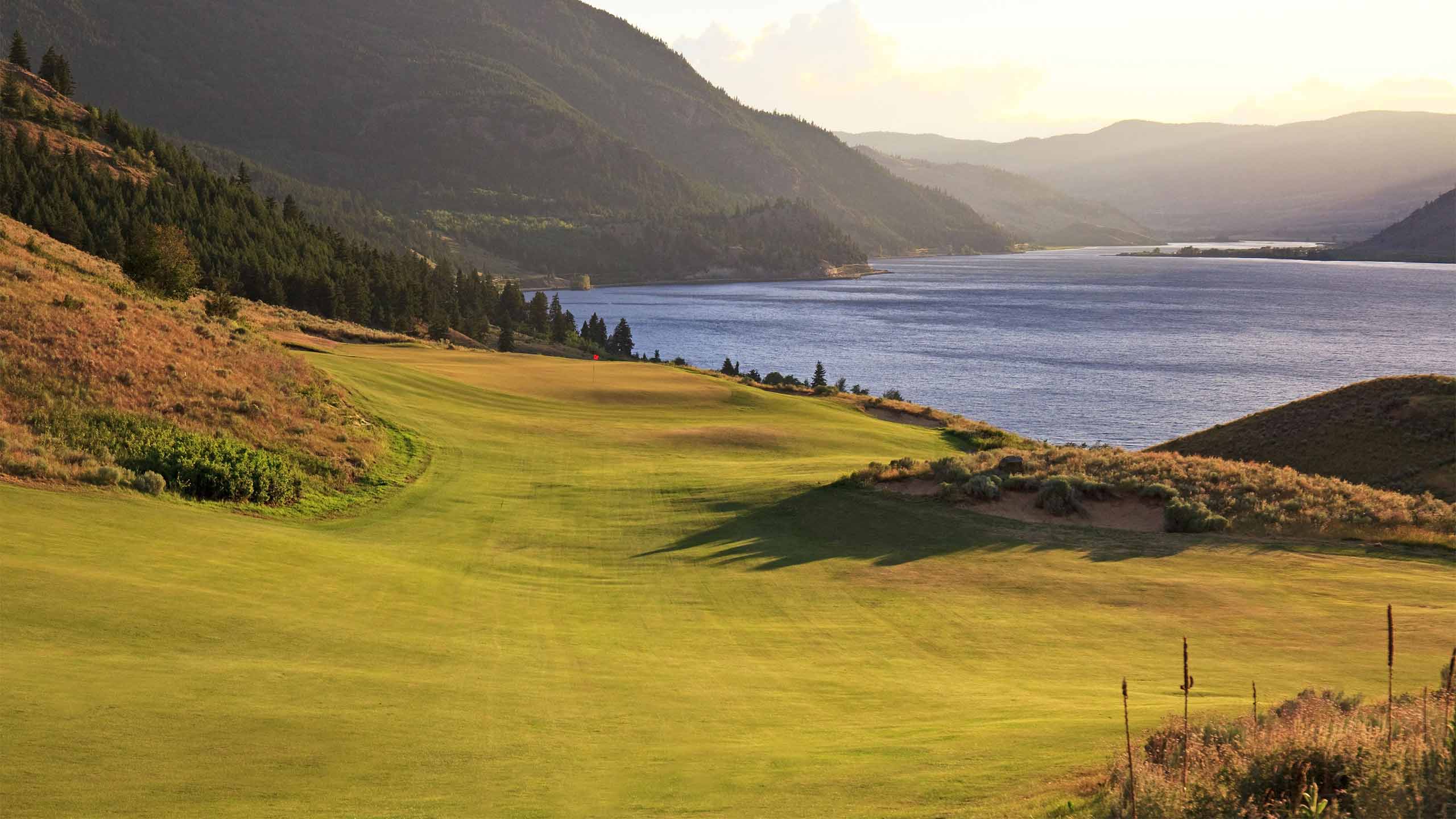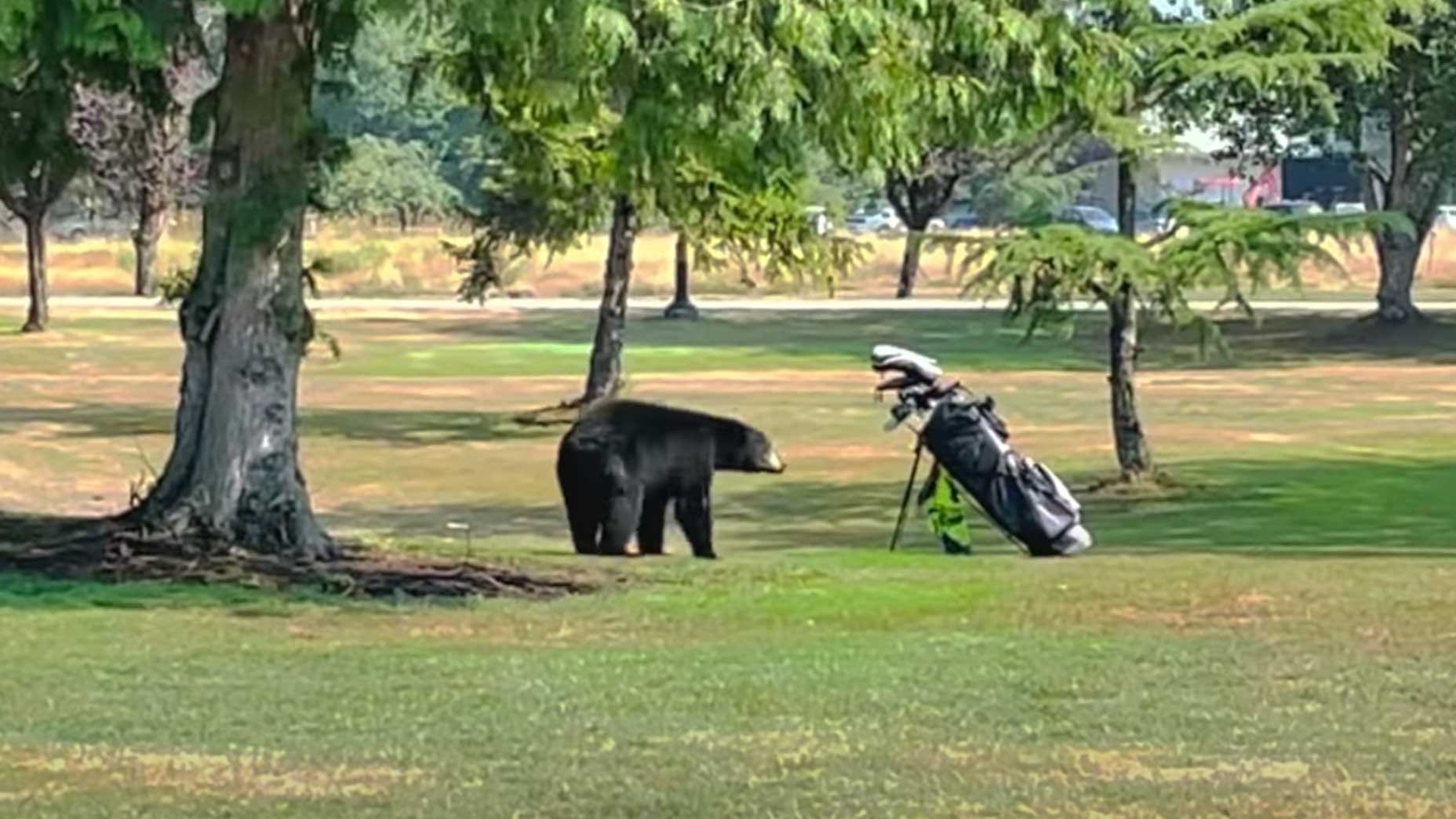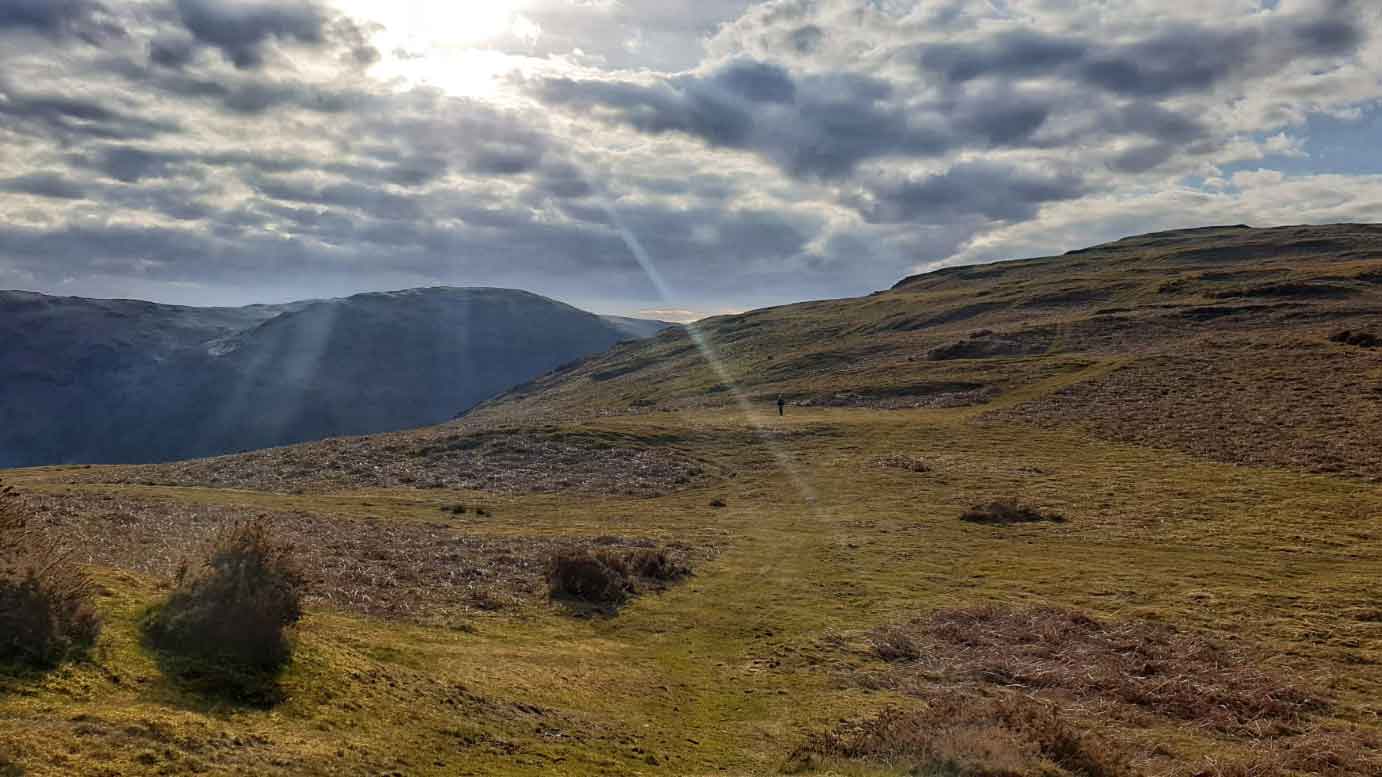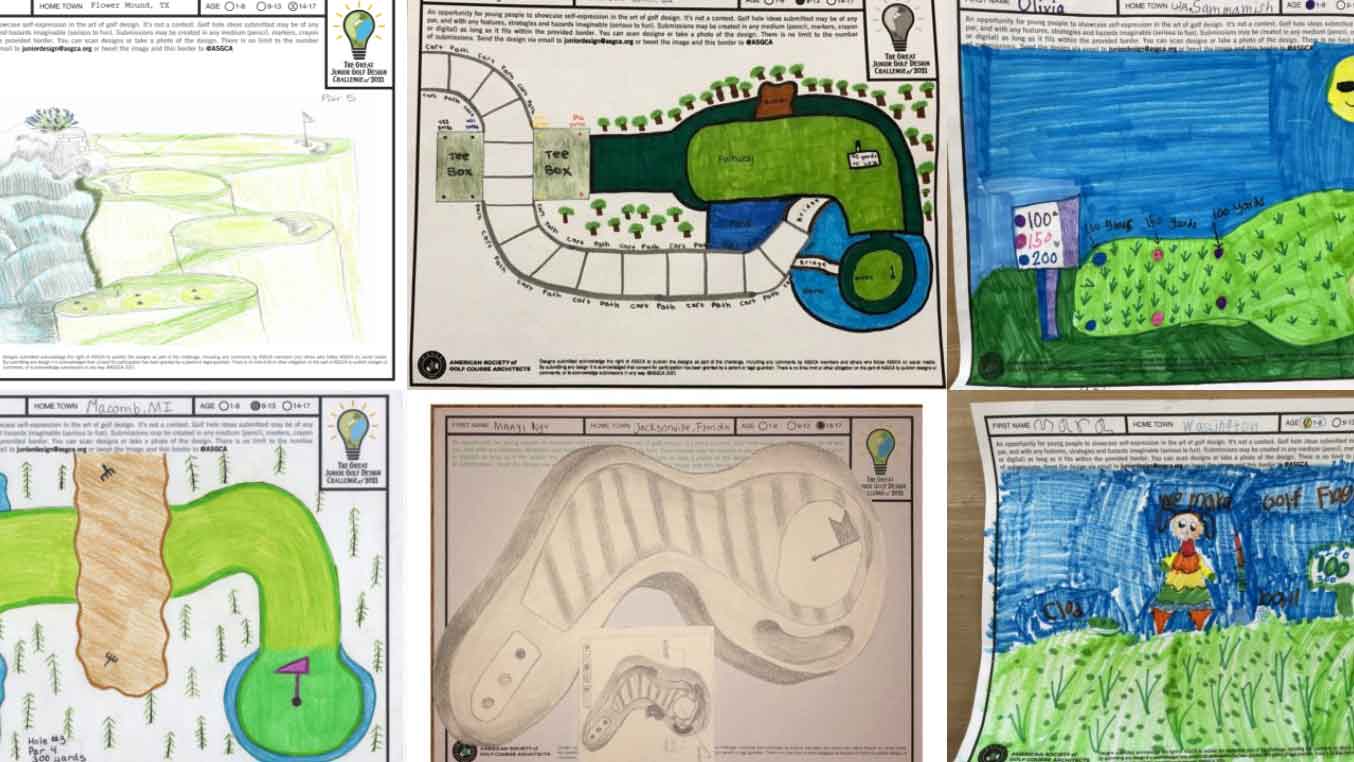More golf is on the way.
That’s the forecast from industry experts at the National Golf Foundation, who have been monitoring course closures (and openings) as the coronavirus has affected all manner of businesses across the U.S. in recent weeks. But when the foundation released its report on Monday, which you can read here, it was filled with optimism for golfers ready to get out to the course.
Last week, the NGF estimated the percentage of open U.S. courses had risen from roughly 41% to 48%. For the week ending April 19, that number crept up to 49%, meaning just under half of all courses in the U.S. are open for play.
The breakdown by course type tells an interesting story. Municipal courses, generally owned and operated by local governments, are the most-restricted, with just 40 percent of facilities open for play. Still, that number is up from 33% a week ago. Public daily fee and private courses are each open at about the same rate, with 51% and 52% open, respectively.
But the biggest takeaway from the latest report came in its projections for the coming weeks. The report looked at the northernmost courses in the U.S. — specifically the 8% of courses located above 45 degrees latitude — and anticipates a surge in openings. That includes courses in Montana, the Dakotas, Minnesota, Wisconsin, Michigan and Maine.
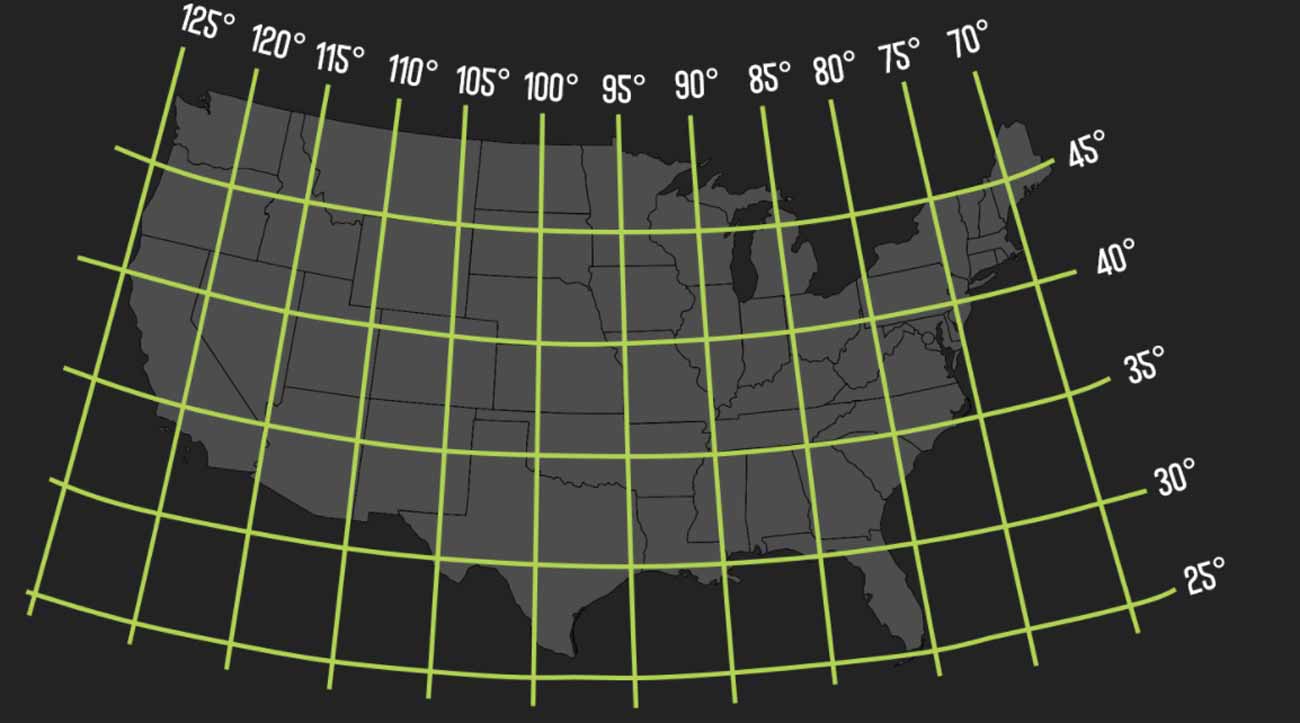
Some state are giving increasing flexibility for golfers, too. In Minnesota, courses have been permitted to open as of April 18, but many remain closed due to weather rather than coronavirus concerns. Wisconsin’s courses will be allowed to open for play beginning April 24, with significant restrictions in place. California and New York, which were among the most restricted states, have allowed some facilities to reopen, too.
Assuming no further governmental action, the NGF projects that the percentage of open courses could climb to 57% in the immediate future — and potentially higher.
The Mid Atlantic region has the fewest open courses at just 5%, but that number is likely to rise. The West Coast region could also see significant gains from 20%, as counties in California open additional parks and loosen the restrictions on recreational activities. Riverside County is among those allowing golf — along with activities like biking, tennis and pickleball — to continue, as long as players wear masks at all times, among other guidelines. Check out the NGF’s regional breakdown:

There are plenty of challenges associated with reopening a golf course in the current environment. Most clubhouses and pro shops are closed or extremely limited. Golf carts are restricted or banned altogether. Social distancing is certainly feasible if golfers are committed to it, but it’s difficult for courses to enforce. Last week, we profiled the changes undergone by Asheville, N.C.’s municipal golf course in order to open. But several days later, the course closed again, describing the challenges as “unreasonable and impossible to execute.” Now the course plans to re-re-open, although they won’t enforce the city’s request for only one player on a green at a time.
“There is a misconception from those who don’t play golf that people are crammed together,” said Keith Pope, the CEO of the course’s management company. “But those who play know that it’s very easy to maintain social distancing. Our smallest green is about 3,000 square feet, which is bigger than most people’s houses.”
In golf, as with the rest of the coronavirus response, there are no simple answers. But responsible players looking for a socially-distanced game just might have something to look forward to in the near future.
You can read the entire report here.
